Description
Milk Thistle (Silybum Marianum) has been used as a medicinal herb thousands of years to treat liver-related ailments. Originally native to Southern Europe, it quickly spread across the world due to its supposed medicinal properties. The ancient Greeks, Romans, and Egyptians were among the early civilizations that recognized and harnessed its potential health benefits. For centuries, Milk Thistle was employed as a remedy for various liver ailments and to support overall liver function. Its efficacy in treating liver-related conditions, including hepatitis and cirrhosis, earned it a prominent place in traditional medicine. Today, the pharmaceutical industry recognizes the bioactive compound “silymarin” found in Milk Thistle as a powerful antioxidant with potentially liver-protective effects. As a result, Milk Thistle extracts and supplements are widely available and often used as a complementary natural therapy in modern medicine to support liver health and overall wellness.
How to Use/Harvest: Harvesting and using Milk Thistle is a straightforward process that primarily involves gathering its seeds and leaves. When the Milk Thistle plant matures, typically in late summer to early autumn, the spiky flower heads should be cut and collected. To harvest the seeds, let the flower heads dry in a well-ventilated area until they turn a light brown color. Then, gently rub the flower heads to release the seeds, which can be stored for later use. The leaves of Milk Thistle can be harvested at any time during the growing season, and they are best picked before the plant flowers to ensure tenderness and optimal flavor.
Milk Thistle can be used in various ways. The seeds are the most commonly utilized part, often ground into a fine powder or crushed to extract the potent compound silymarin. The powder can be encapsulated or incorporated into herbal formulations and dietary supplements, as it is believed to support liver health and possess antioxidant properties. The seeds can also be roasted and eaten as a crunchy snack.
As for culinary use, Milk Thistle leaves can be eaten raw when young and tender, but they are quite bitter and might not be to everyone’s taste. However, they can be cooked as a green vegetable and added to salads, soups, or stir-fries to mellow the bitterness. Milk Thistle leaves are commonly used in traditional Mediterranean cuisine, where they are sautéed with garlic and olive oil. Additionally, Milk Thistle leaves can be steeped in hot water to make a herbal tea, which is believed to have mild detoxifying properties.
Whether used as a supplement or included in culinary creations, Milk Thistle offers a range of potential health benefits and culinary delights, making it a valuable addition to both traditional and modern practices.
Grow Milk Thistle in the Georgia Garden for most of the year! Milk Thistle is not frost tolerant, so it can be grown anytime there isn’t a threat of freezing temperatures. We recommend growing Milk Thistle throughout the Spring, Summer, and Fall. If you live in South or Coastal Georgia, depending on how early the first freeze comes, Milk Thistle’s growing Season may stretch well into the Early Winter.
Milk Thistle prefers temperatures that remain above 50 degrees. It is not frost tolerant and lower temperatures will slow the plant’s growth.
Expect plants to reach a height of 2 to 4 feet tall.
Seed Pack contains 30+ Seeds.
Sun Exposure: Full Sun (at least 6 hours of Sunlight)
Frost Tolerant?: No (Prefers Temperatures above 50 degrees)
Heirloom?: Yes
Days Until Harvest/Maturity: 90-100 days
Planting Depth: No more than ¼”
Distance Between Rows: 24 inches
Distance Between Plants: 12 to 18 inches
Recommended Planting Dates:
Do not feel restricted to planting exclusively within the following date ranges. These dates are only a recommendation for best results based upon our experience, research, & best practices.
North Georgia: April 10 through October 20
- Suggested Planting Window (Starting Seeds & Transplants): April 10 through August 15
Central Georgia: March 20 through November 15
- Suggested Planting Window (Starting Seeds & Transplants): March 20 through September 1
South Georgia: March 15 through November 20
- Suggested Planting Window (Starting Seeds & Transplants): March 15 through September 1
Coastal Georgia: February 20 through December 15
- Suggested Planting Window (Starting Seeds & Transplants): February 25 through September 1
What’s my Georgia Growing Region? Click Here.
Growing Milk Thistle in Georgia:
- Sowing Seeds: Plant the Milk Thistle seeds directly into well-draining soil. Sow Seeds no more than 1/4″ deep. Ensure the soil is slightly moist but not waterlogged.
- Sunlight: Choose a sunny spot for planting because Milk Thistle thrives in full sunlight.
- Spacing: Sow the seeds about 12 to 18 inches apart to allow sufficient space for growth.
- Watering: Once the seeds have germinated, provide regular watering, especially during dry spells.
- Soil Requirements: Milk Thistle prefers soil with a neutral to slightly alkaline pH level (around 6.0 to 7.0). Adding organic compost to the soil can enhance its fertility.
- Weeding: Keep the area around the Milk Thistle plants weed-free to avoid competition for nutrients.
- Pests and Diseases: Milk Thistle is generally resistant to pests and diseases, making it an excellent low-maintenance herb to grow.

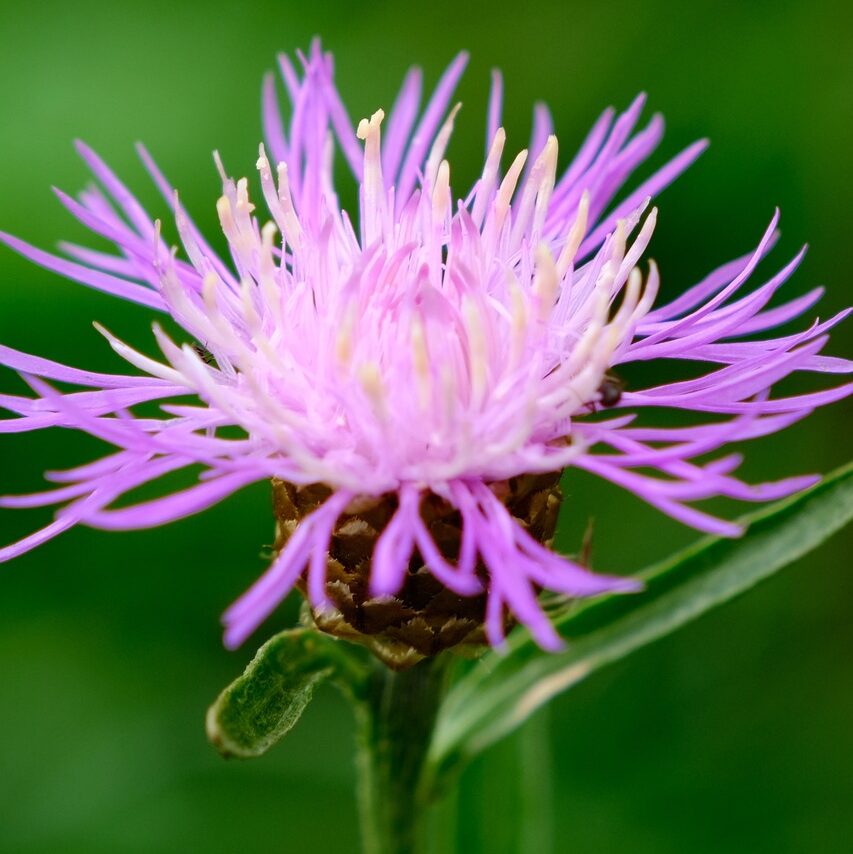
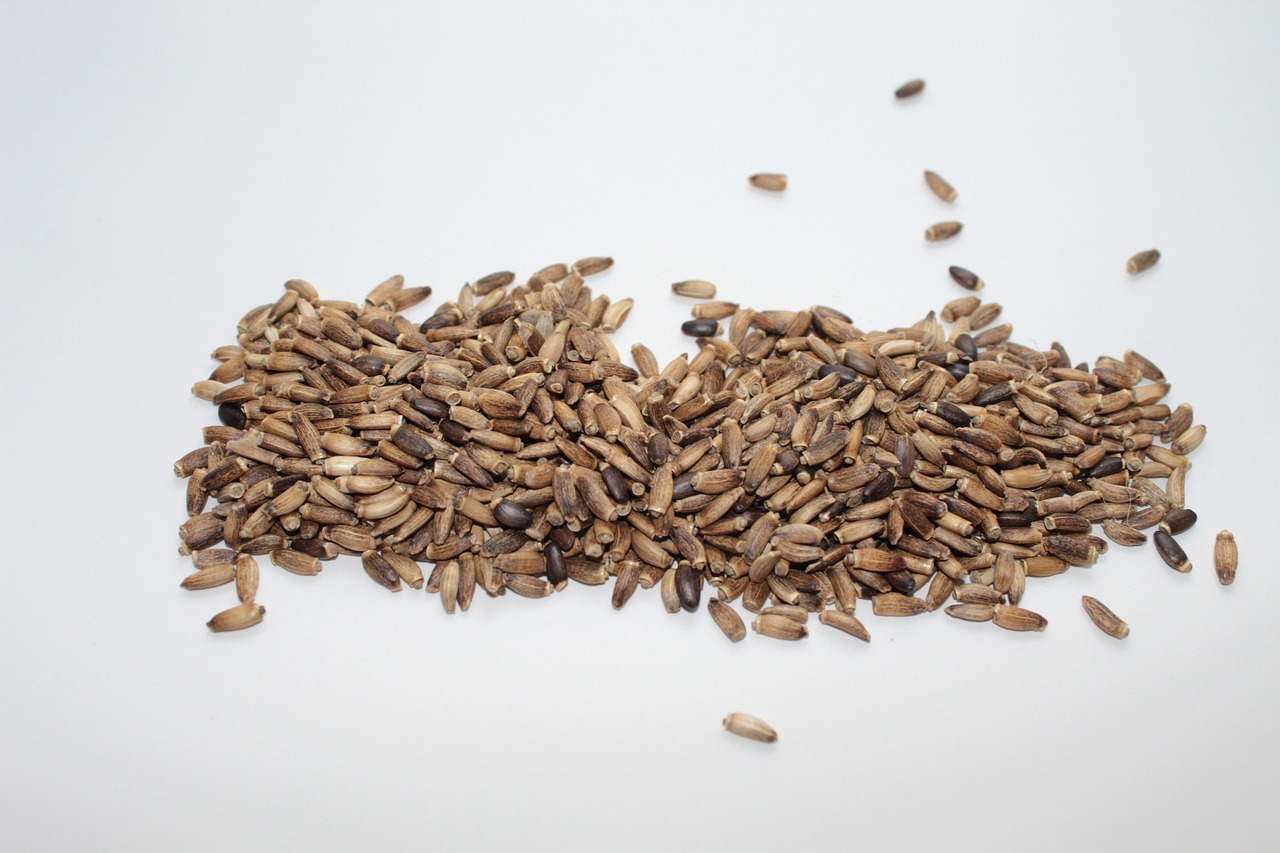
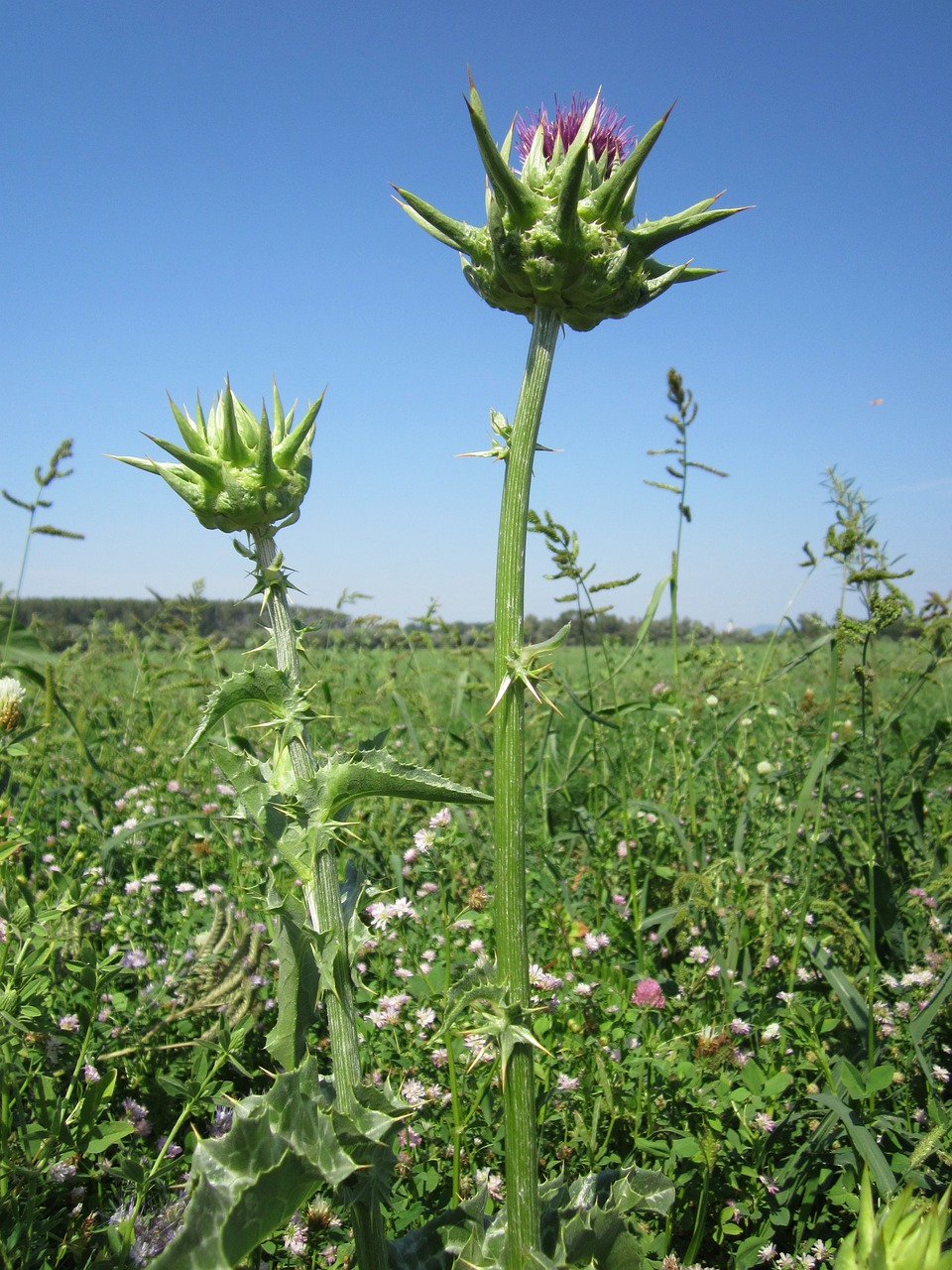
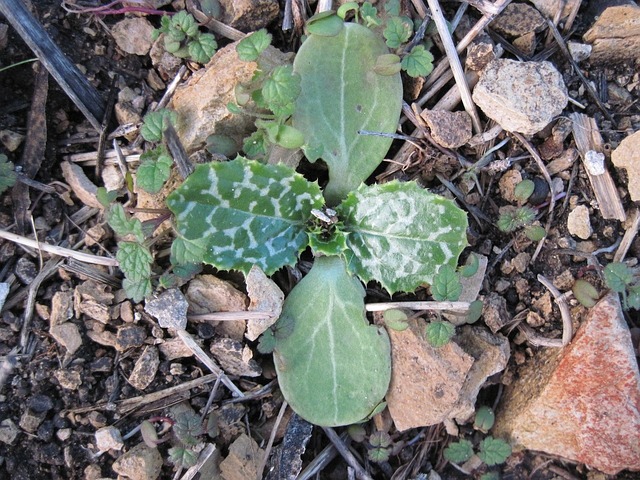
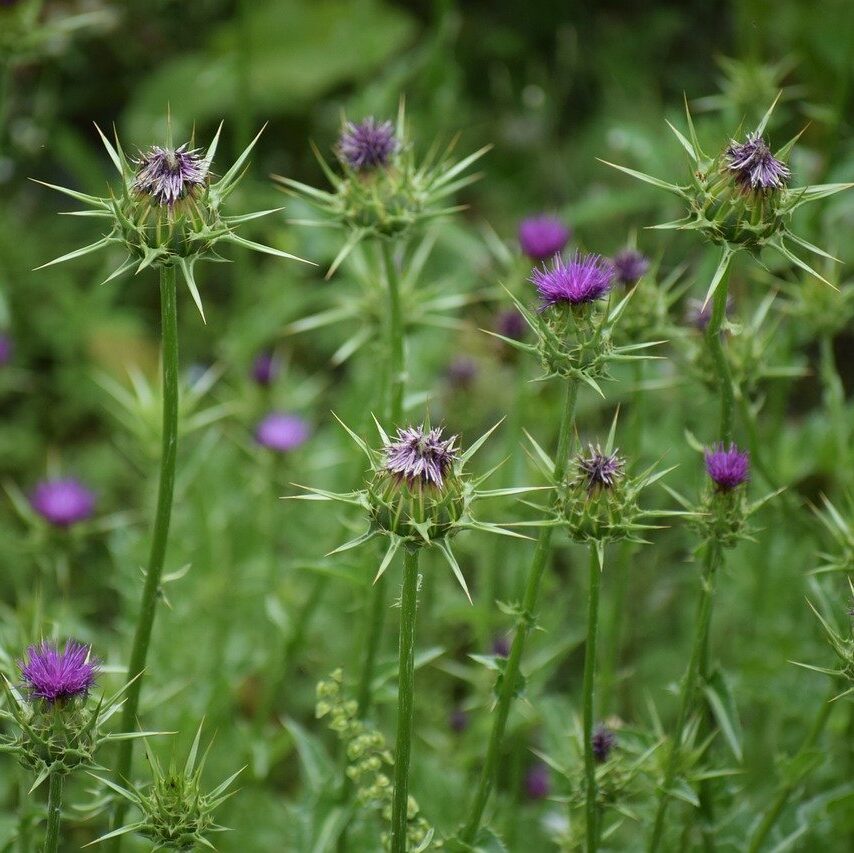
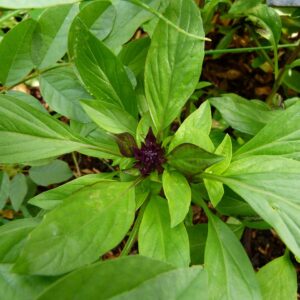

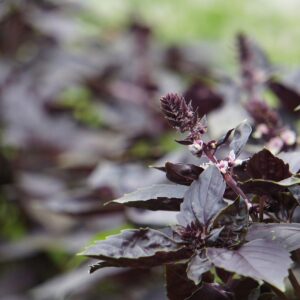
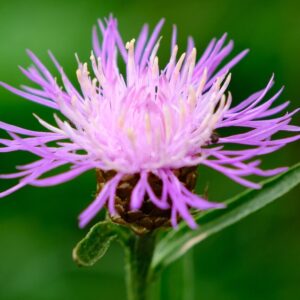
Reviews
There are no reviews yet.